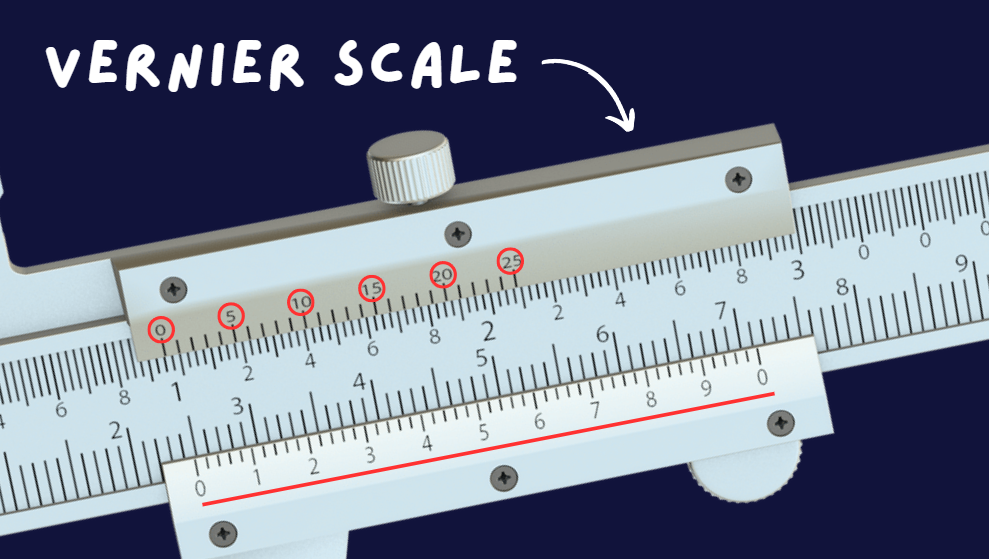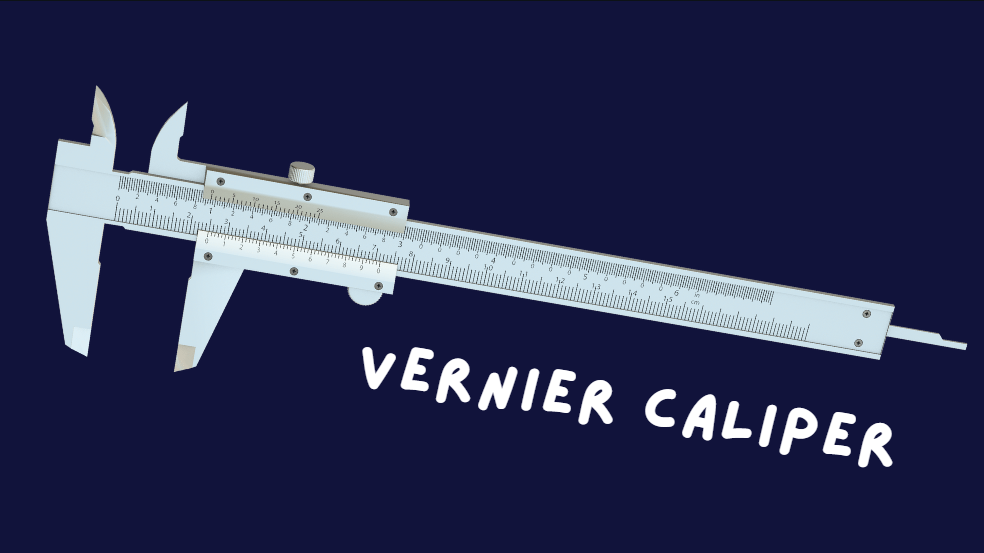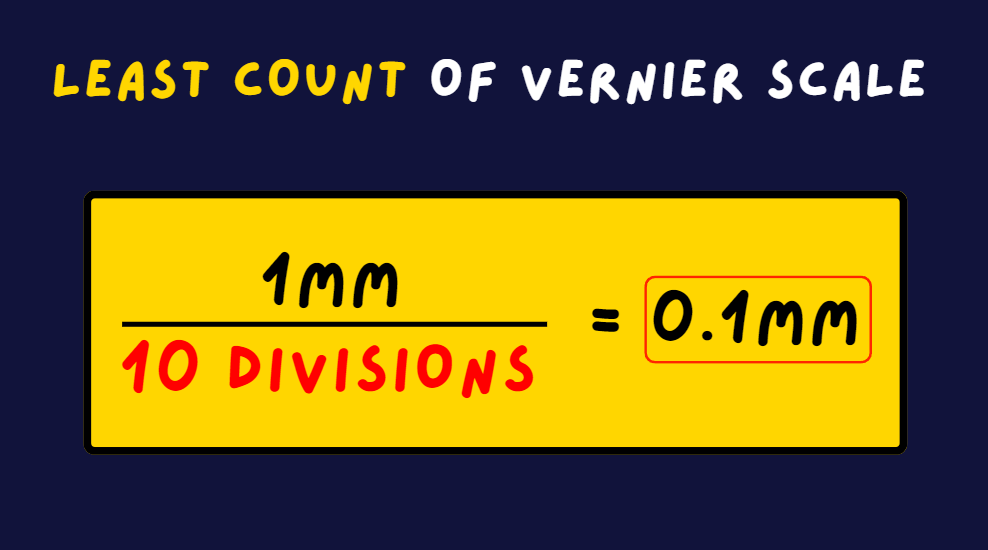What is Least Count, Vernier Callipers, Diagrams – Etutor

Etutor Guru
12 Sep 2023
- .vernier caliper least count
- least count of vernier caliper
- least count vernier caliper
- varniyar kailipars least count
- vernier caliper least count
- Vernier Callipers
- vernier least count
- what is least count of vernier caliper
The smallest measurement that can be made accurately with an instrument is called its “least count.” The smallest number on a metre scale is 1 mm, while the smallest number on an ammeter is 2 amperes.
Metre Scale and Ammeter Example
A metre scale is used every day to measure how long something is. It is marked off in cm and mm, and each small split is worth 1 mm. So, a metre scale can be used to correctly measure lengths up to 1 mm.
What is Vernier callipers?

Pierre Vernier, a French scientist, made the first Vernier callipers in 1631. These are tools for making very accurate linear measurements.Vernier callipers are used a lot for quality control measurements in science labs and factories.
Vernier Calliper – Parts
1. Main Scale – On one side, the main measure is written in mm and cm, and on the other, it is written in inches.
2. Vernier Scale – The Vernier scale is one that goes up and down. It slides next to the main scale and lets you get numbers on the main scale down to a fraction of a division. On the Vernier scale, there are 100 different parts.
3. Screw – With the help of a screw, the Vernier scale can be placed anywhere on the main scale.
4. Jaws – It’s got two jaws. The bottom jaws are called “outside jaws,” and they are used to measure the length of a rod, the diameter of a sphere, or the outside diameter of a cylinder. The upper jaws are called the “inside jaws,” and they are used to measure the inside width of a hollow cylinder or pipe.
5. Strip – The thin strip is used to measure how deep things like beakers are.
Least Count of Vernier Calliper

Least count of Vernier calliper = Smallest division on the main scale/Number of divisions on the Vernier scale
Least count of Vernier calliper = 1mm/10 divisions
Least count of Vernier calliper = 0.1 mm
